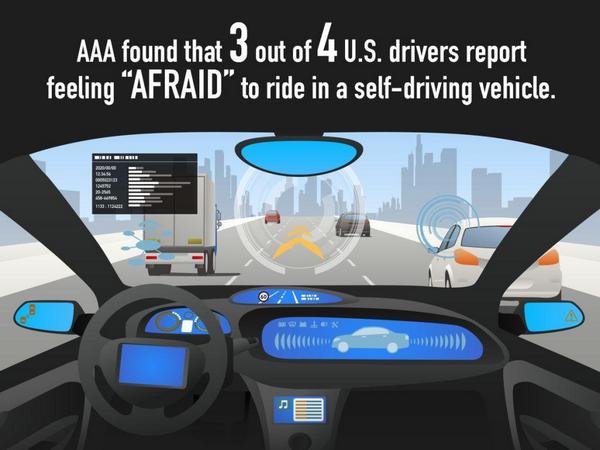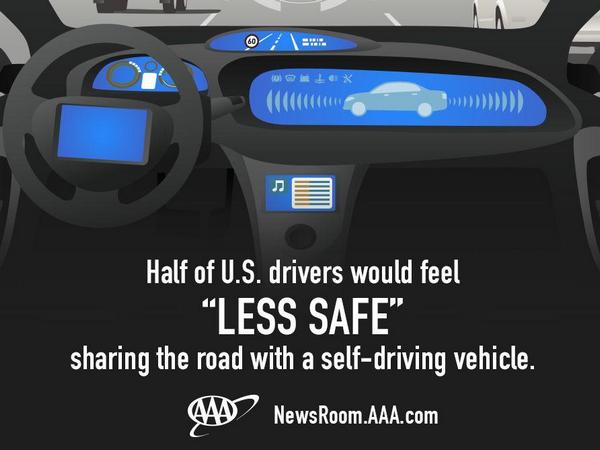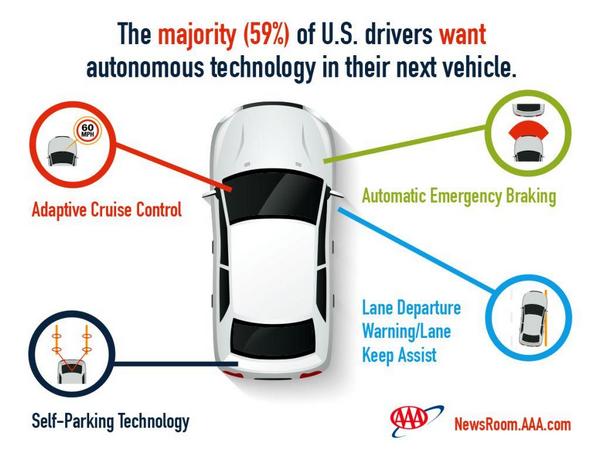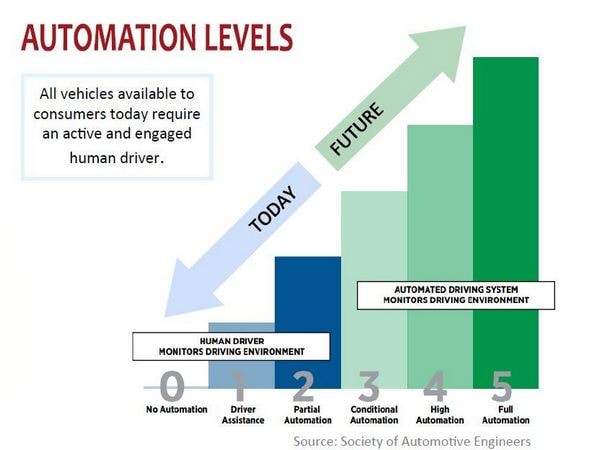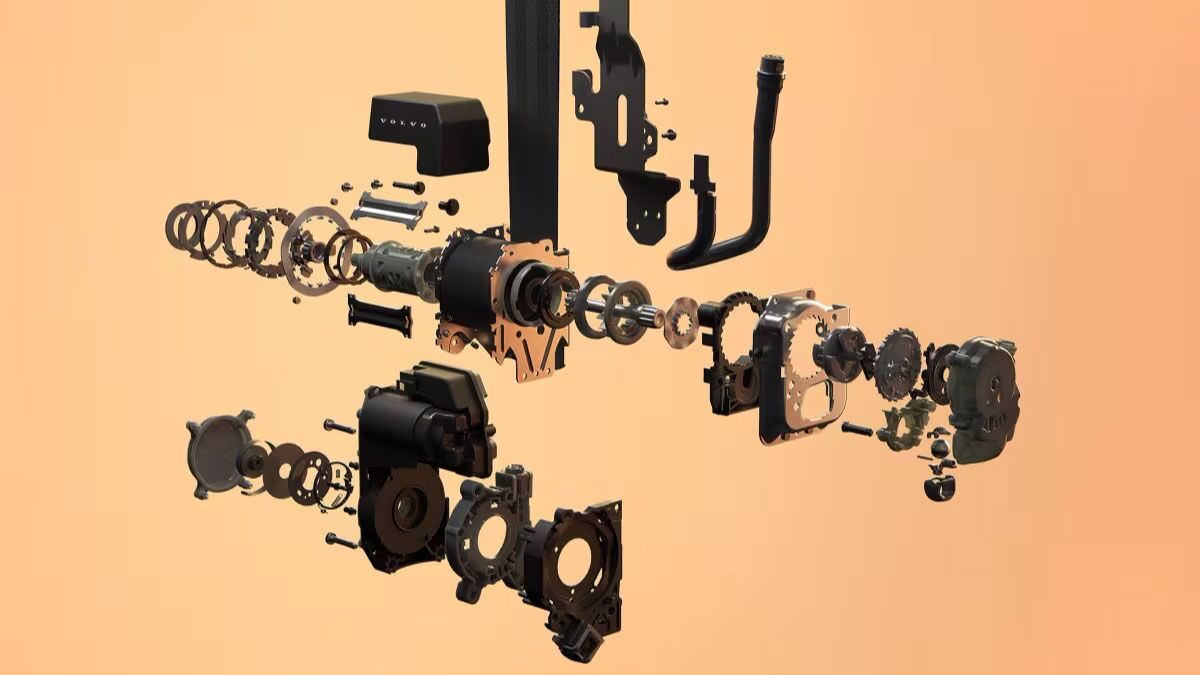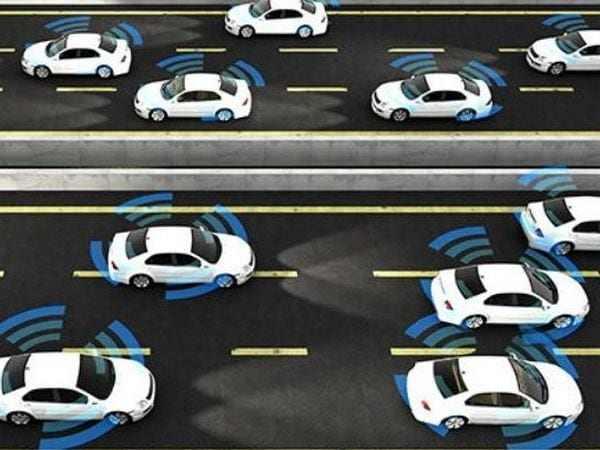
The results of a national survey by the AAA has found that most Americans are happy to embrace a number of autonomous vehicle technologies but are not enthusiastic about turning over full control of their cars. For all the talk of self-driving vehicles being safer and more efficient, the AAA poll conducted earlier this year reported 78 percent of respondents felt afraid to ride in a fully autonomous vehicle–a figure virtually unchanged from a similar study done in 2016—while only 10 percent said they’d feel safer sharing the road with driverless cars. Interestingly enough, 59 percent of those same respondents said they’d like to have some types of autonomous technologies, including adaptive cruise control, automatic emergency braking, self‐parking and lane‐keep assist, in the next vehicle they purchased.
Also: Class of 2018: The New and Redesigned Cars, Trucks and SUVs
As for demographics, the AAA study found that 60 percent of Baby Boomers felt less safe sharing the road with fully-autonomous vehicles compared to 56 percent of Generation Xers and 41 percent of Millennials. The stats proved similar when the question came to fear about riding in a self-driving vehicle, with 85 percent of Boomers, 75 percent of Gen X folks and 73 percent of Millennials expressing some degree of trepidation. Regardless of age, women claimed to feel less safe than men whether sharing the road with (58 percent vs 49 percent) or riding in (85 percent vs 69 percent) fully autonomous vehicles. Despite some safety experts claiming connected/automated vehicles could prevent up to 80 percent of today’s crashes, those kinds of numbers leave no doubt U.S. motorists are less sanguine about that contention.
Also: Kelley Blue Book Best Buy Awards of 2017
“A great race towards autonomy is underway and companies are vying to introduce the first driverless cars to our roadways,” said Greg Brannon, AAA’s director of Automotive Engineering and Industry Relations. He said that for all the upside autonomous driver-assist technologies offers, “American drivers still feel they don’t work consistently enough to replace a human driver – and they’re correct. While these technologies will continue to improve over time, it’s important that consumers understand that today’s systems require your eyes on the road and your hands on the wheel.”
More Autonomous Vehicle News:
Ford Invests in Virtual Driver System
